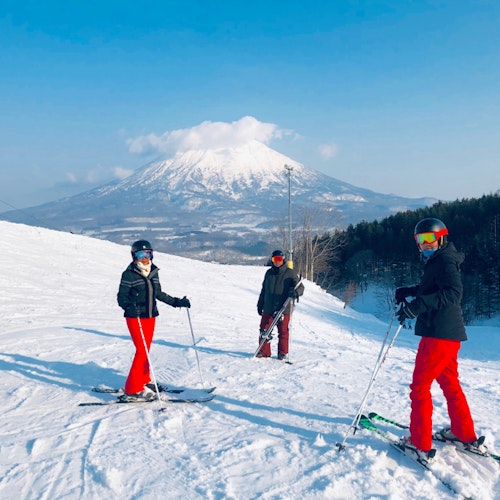
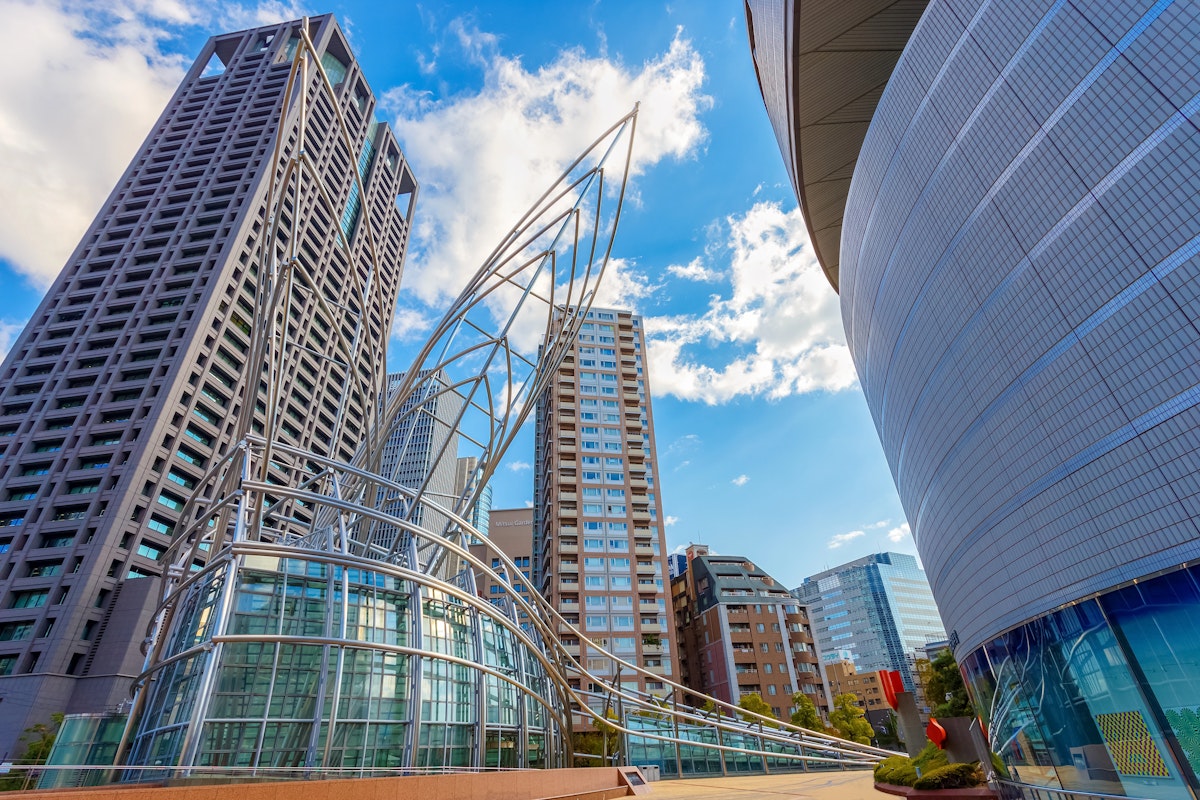
Osaka, a vibrant city in Japan, is known for its dynamic culture, delicious cuisine, and rich art scene. The town boasts an array of art museums and galleries, showcasing everything from traditional Japanese paintings to modern art.
For art enthusiasts and casual visitors alike, exploring art museums and galleries in Osaka offers a unique glimpse into Japan's historical and contemporary art world.
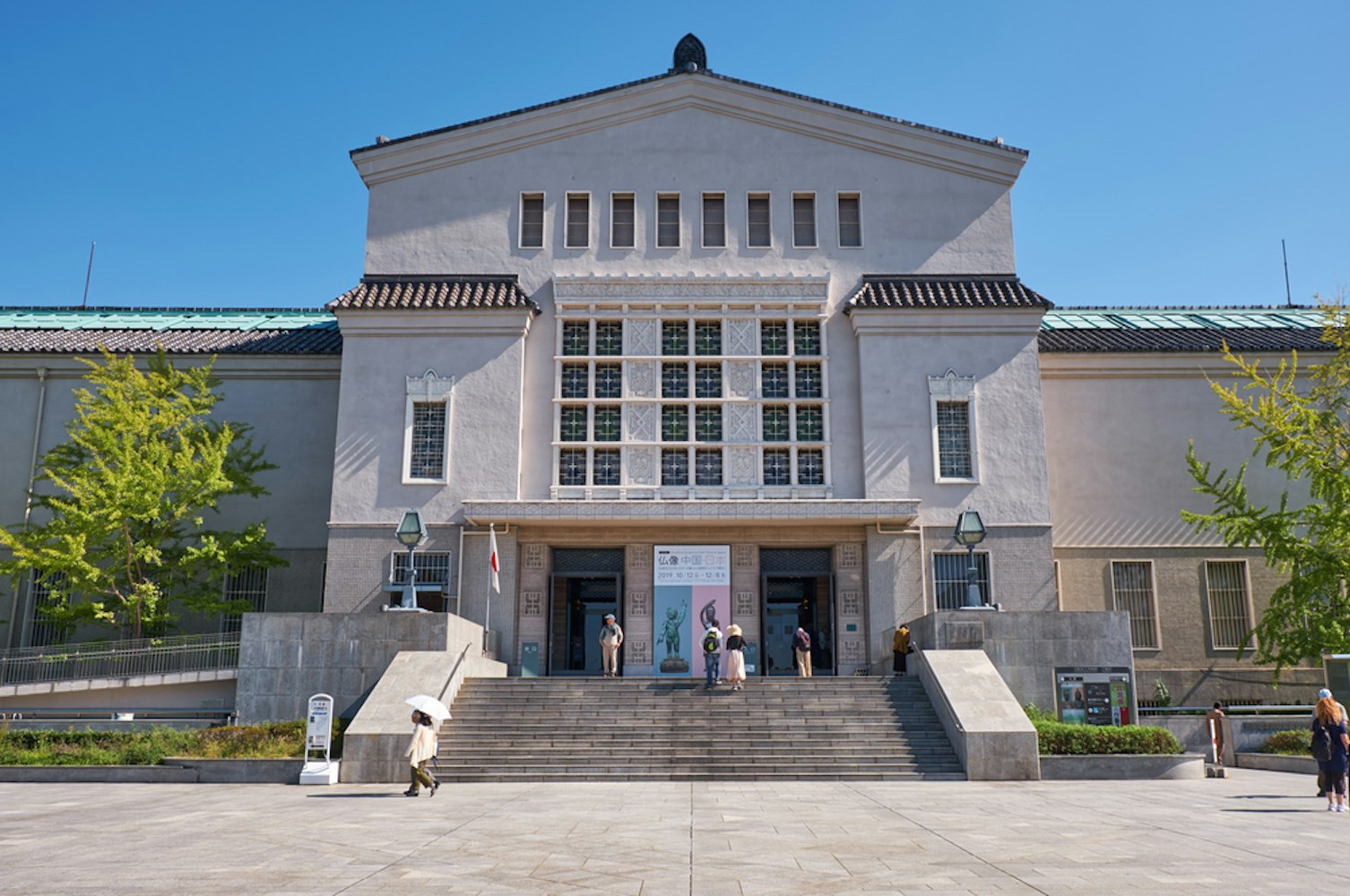
The Osaka City Museum of Fine Arts, located in Tennōji Park, Osaka, Japan, is a large museum known for its significant collection of over 8,400 items, focusing on Japanese and East Asian art. The museum's collection is extensive and varied, featuring traditional Asian Buddhist art, ancient Mediterranean works, Chinese paintings, calligraphy, Japanese metalwork, ceramics, and lacquerware with gold and silver inlay.
The collection of Japanese art encompasses pieces from both the Edo and Meiji eras, enriched further by numerous contributions from shrines and temples across the Kansai area. Additionally, the museum regularly hosts special exhibitions of artworks from around the world, making it a prominent cultural institution in Osaka.
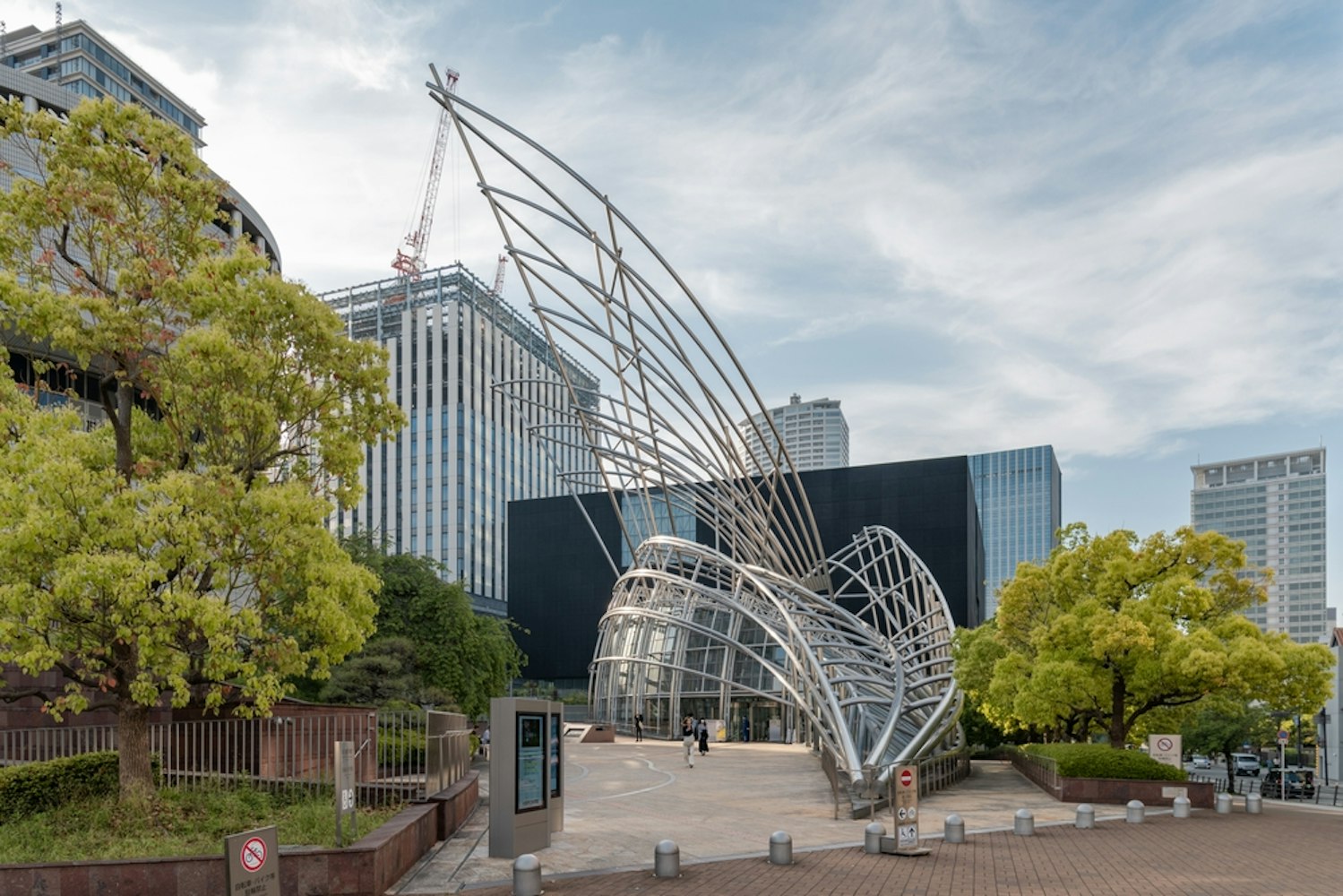
The National Museum of Art in Osaka, established in 1977, is celebrated for its distinctive architectural design and focus on contemporary art. The museum, designed by the renowned architect César Pelli, is unique for being completely underground, with its visible structure at ground level inspired by bamboo, symbolizing contemporary art's vitality and growth.
This underground museum, located on the island of Nakanoshima, houses a substantial collection of about 8,000 works, predominantly from 1945 onwards, making it one of Japan's most extensive collections of contemporary art. The museum not only showcases contemporary art from Japan and abroad but also hosts special exhibitions and educational events, providing a comprehensive experience for visitors.
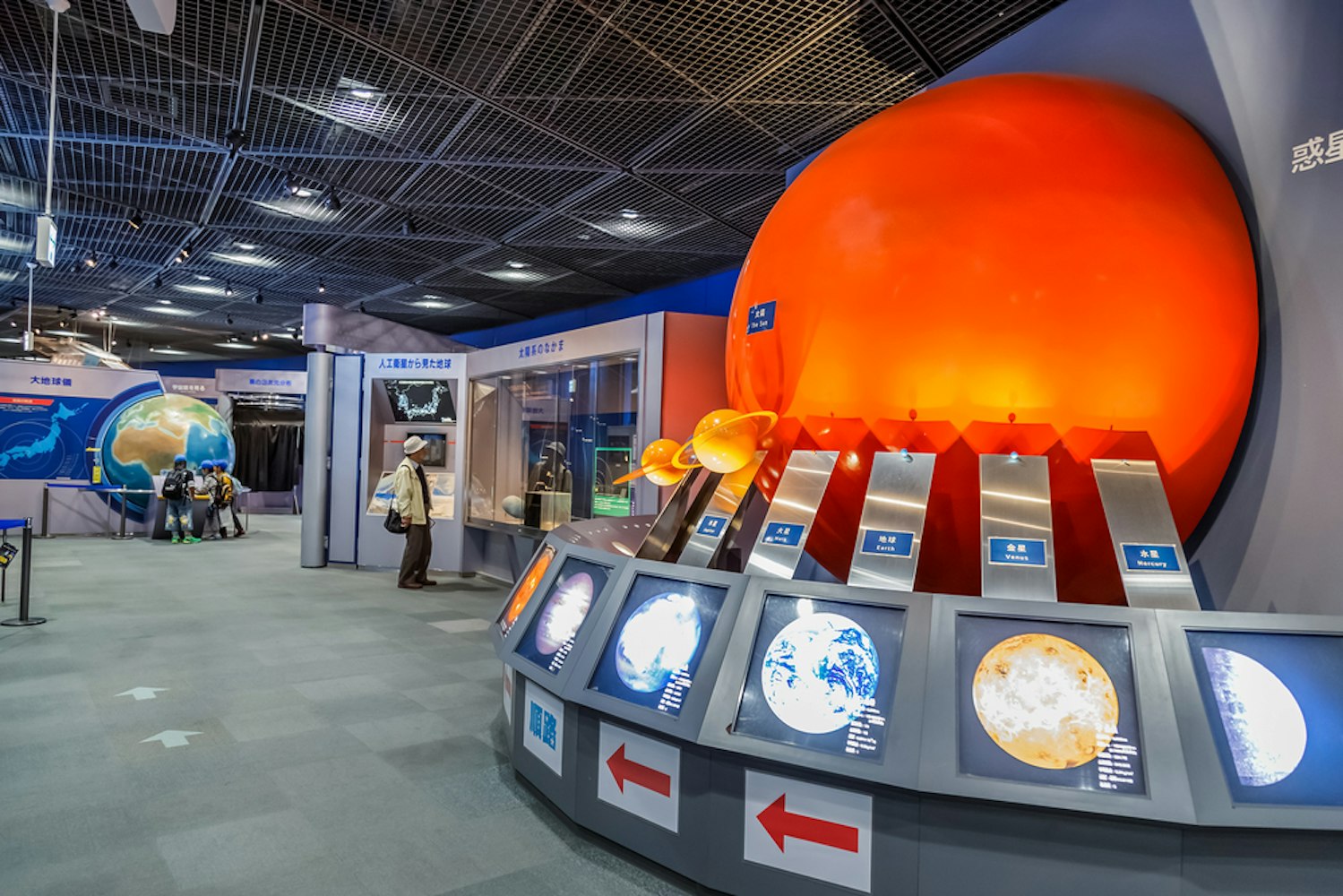
The Osaka Science Museum, located near Nakanoshima Park in Osaka, Japan, is an engaging destination ideal for families. Opened in 1989, it features four floors of interactive exhibits centered around themes such as the universe, chemistry, electricity, and energy, designed to educate and entertain children.
A highlight of the museum is its impressive planetarium, with a 26.5-meter diameter dome screen, offering immersive stargazing experiences. The museum promotes science education, making scientific concepts accessible and enjoyable for all ages.
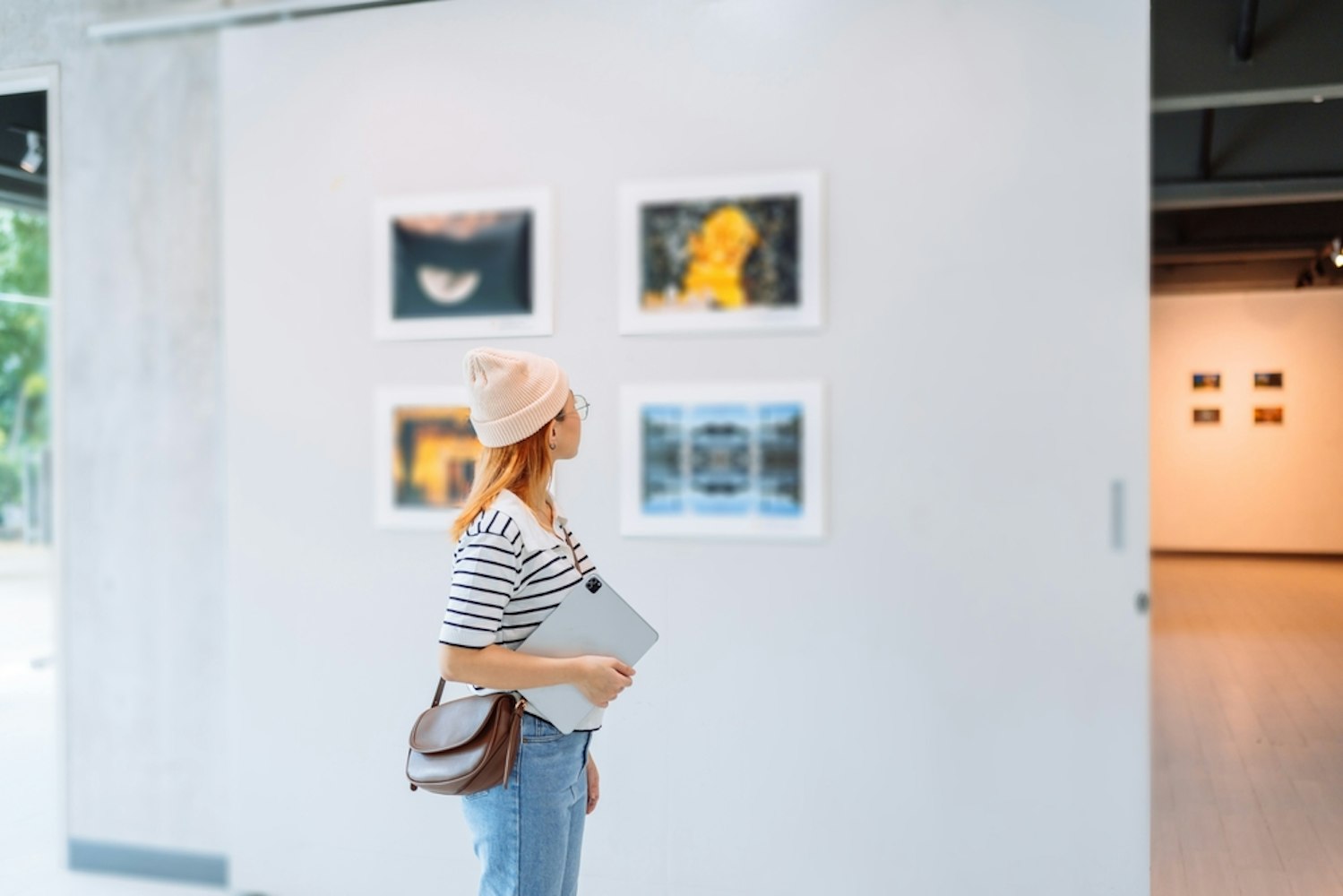
Tezukayama Gallery in Osaka is a contemporary art gallery originally opened in 1992 by Ryoichi Matsuo in the Tezukayama area, a residential suburb of Osaka. In March 2010, it moved to Minami-Horie and was renamed 'Tezukayama Gallery' in honor of its original location.
The gallery primarily focuses on showcasing exciting contemporary art from emerging Japanese artists, providing them an opportunity to exhibit their work both in the gallery and internationally. The gallery is known for its simplistic, white-walled design and hosts various exhibitions, including paintings, sculptures, and other mediums.

Gallery Aya, known as The Third Gallery Aya in Osaka, is celebrated for its focus on contemporary photography and art, showcasing established and emerging Japanese and foreign artists. The gallery is recognized for its frequent exhibitions, particularly highlighting the works of Japanese female artists, who are often underrepresented in the art scene.
Since its establishment in 1996, The Third Gallery Aya has expanded its repertoire beyond photography to include painting, video art, drawings, and installations. This small yet influential space plays a significant role in Osaka's contemporary art scene, contributing to the city's cultural richness and diversity.
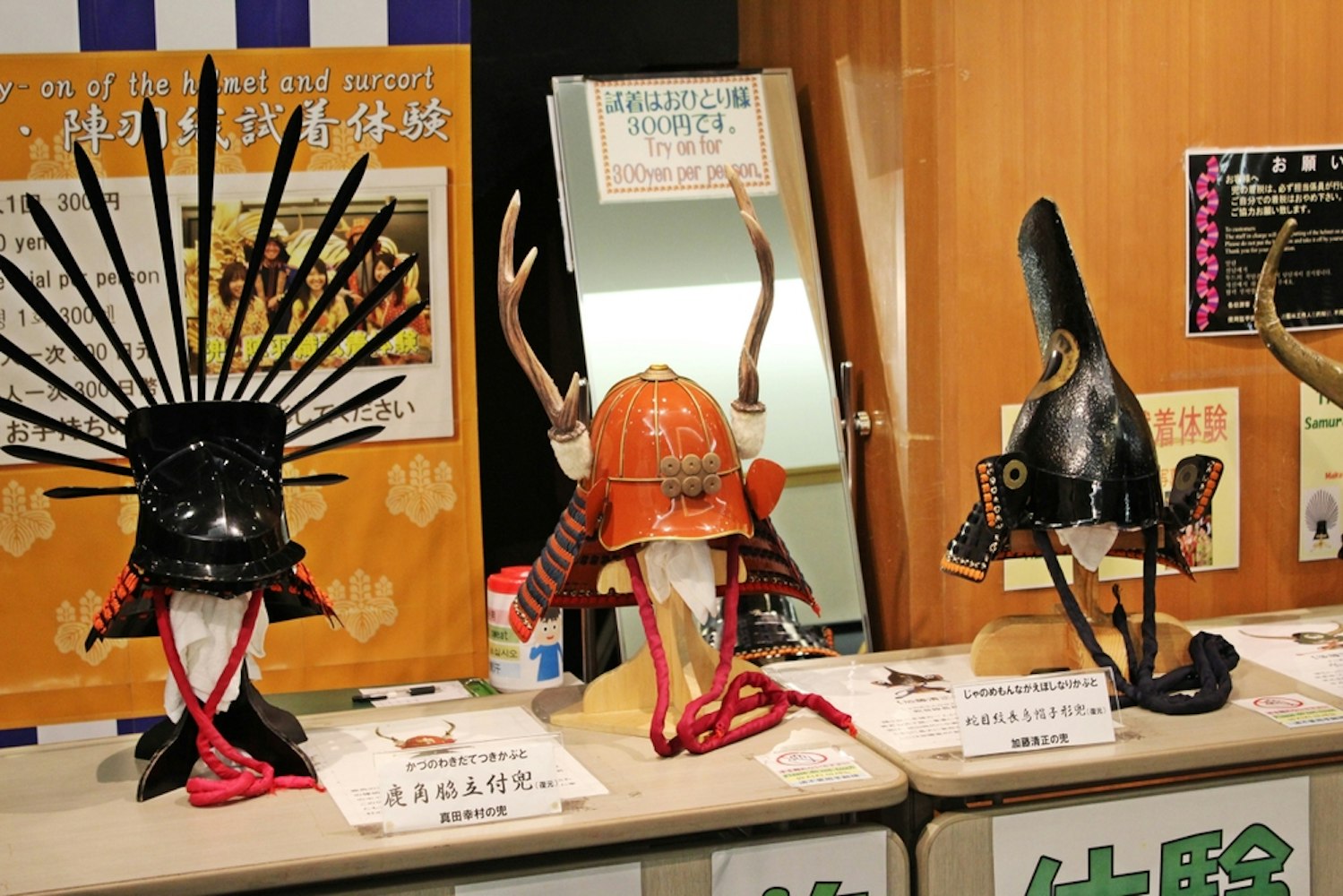
The Osaka Castle Museum, housed within the main building of Osaka Castle, is a historical and cultural landmark in Osaka. The museum is dedicated to the history of the castle and the surrounding area, and it features various artifacts from the Sengoku and Edo periods, including samurai armor and ornamentation.
The castle's interior, a reconstruction completed in 1997, is designed to resemble the original Sengoku period architecture, with iconic red wooden balconies. While the specific inclusion of Japanese coins and artifacts from the Edo period in the museum's collection needs to be more detailed in the sources, the museum does offer a comprehensive view of Osaka's rich history through its exhibits.

Visit Osaka Castle Museum with this tour.
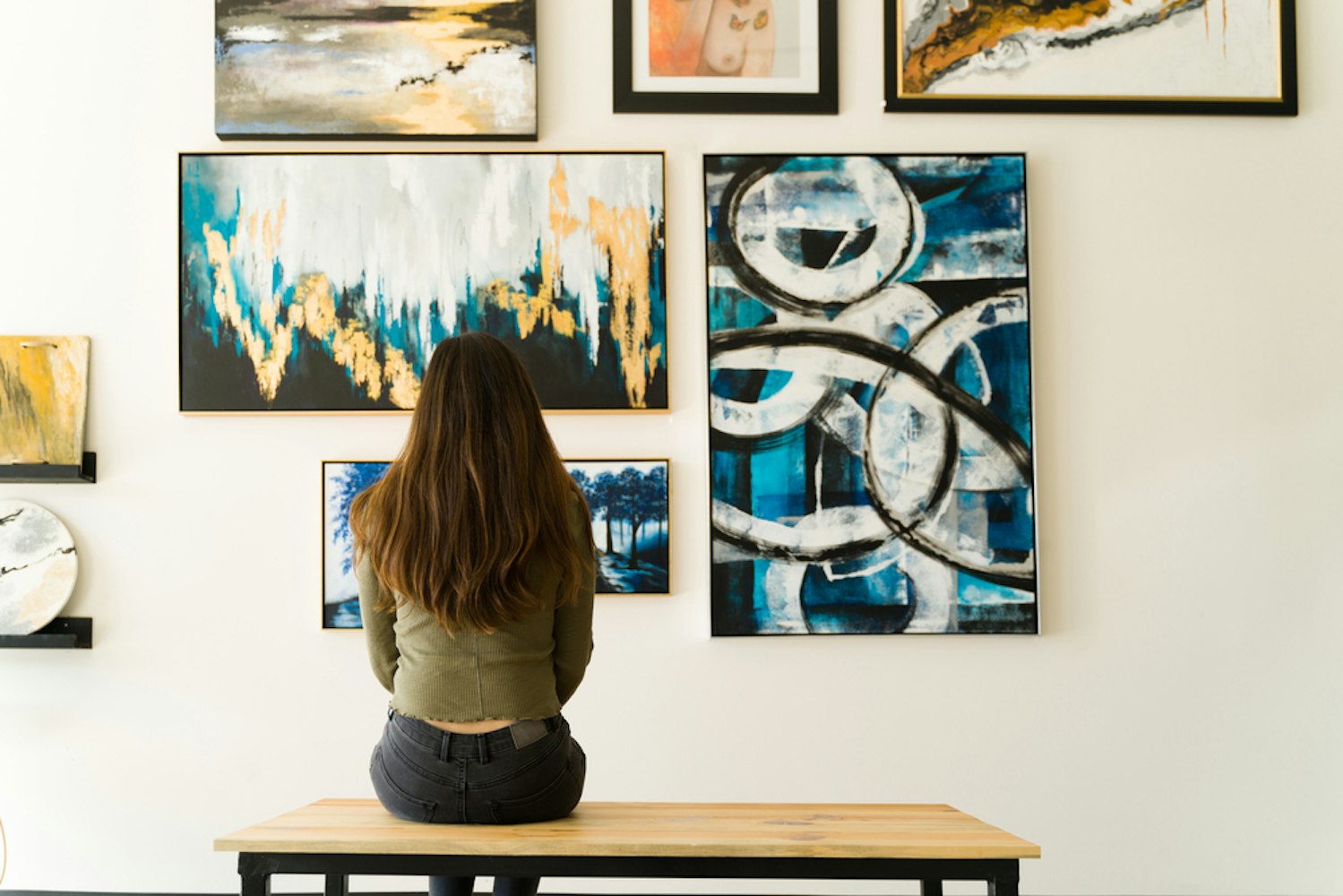
Gallery Kaze in Osaka, known for its focus on abstract art, featured works by Rie Takeshita, Ayano Mori, Kim Dooha, and Tatsuyuki Yokomine. However, the gallery closed at the end of February 2020 and has since operated as "KAZE ART PLANNING."
This entity has participated in art fairs in Korea and Taiwan since 2018, introducing Japanese artists. Despite the closure of its physical space, KAZE ART PLANNING continues to play a significant role in the art community, including participation in events like Art Osaka.
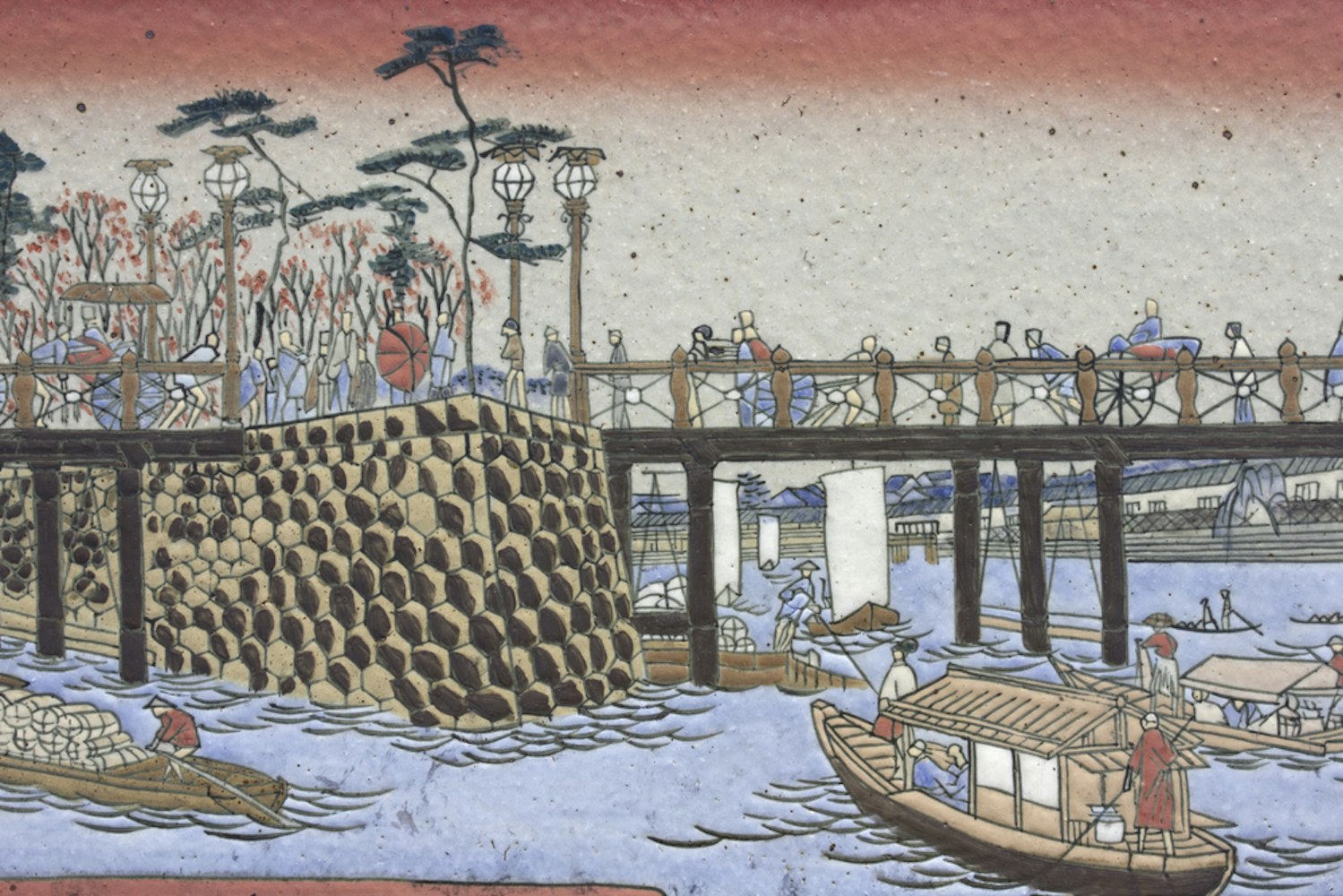
The Shihoudou Gallery, founded in 1977, is a significant establishment in Osaka that showcases Japanese paintings and sculptures. It is interested in works by artists from the Meiji, Taisho, and Showa eras and is also involved in introducing works by emerging artists.
While the gallery hosts regular exhibitions, it also has a role in appraising and selling artworks to private collectors and museums. Contrary to the claim of a branch opening in Tokyo in 2009, the Shihoudou Gallery opened a new space in Osaka in February 2022, complementing its existing gallery in Ginza, Tokyo.
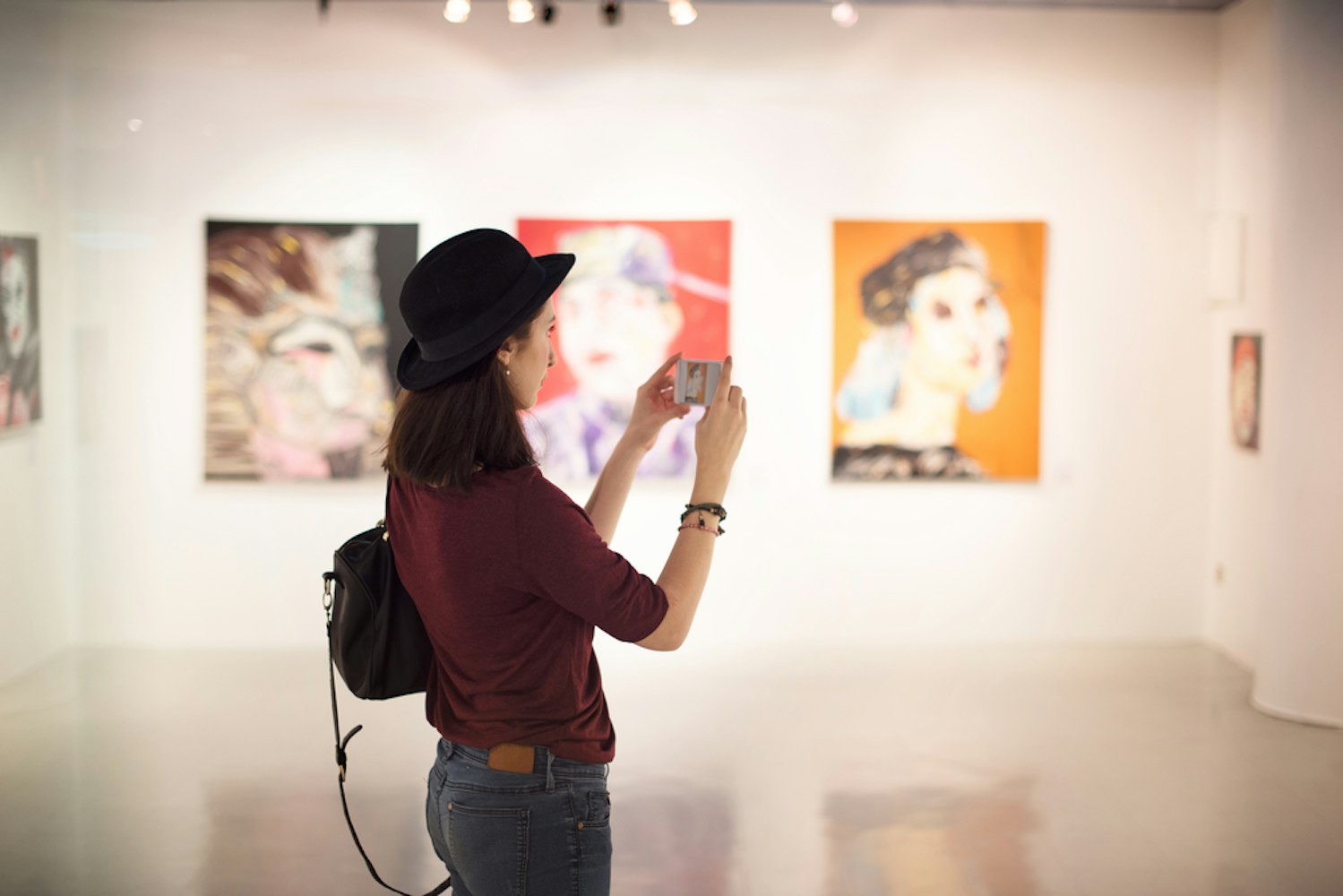
YOD Gallery, established in Osaka in 2008, is dedicated to presenting a new sense of value and expression to local and international artists. The gallery supports and showcases emerging artists and their work in various media, including video, photography, and installation art.
It focuses on pieces that embody Japanese aesthetic beauty with substantial concepts and messages relevant to modern society. Additionally, YOD Gallery participates in international art fairs and offers artist residency opportunities, emphasizing Osaka's fusion of tradition and cutting-edge culture and the gallery's mission is to enhance the global recognition of Japanese artists, contributing significantly to the local art scene.
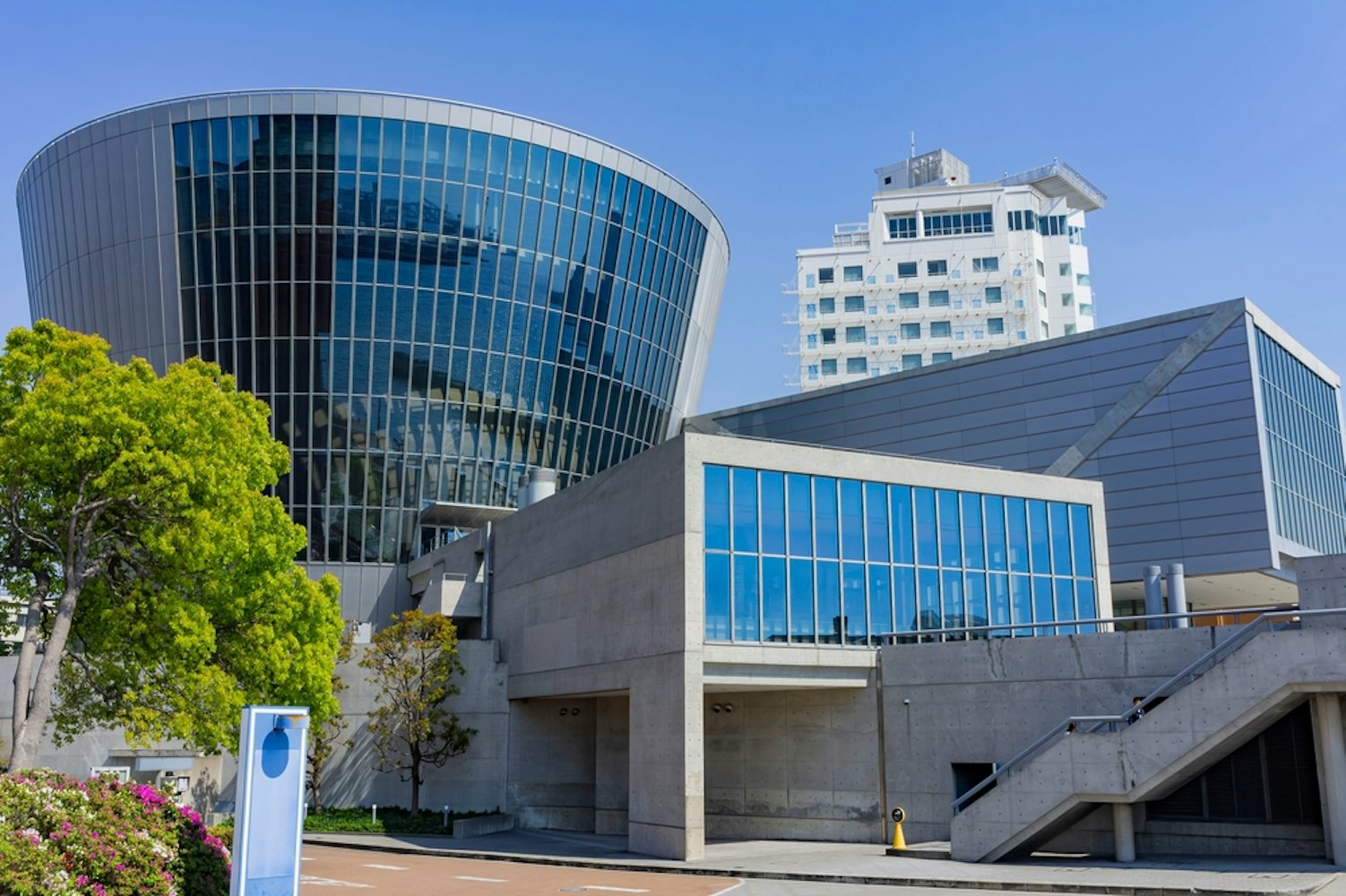
The Osaka Culturarium Tempozan, an intriguing cultural facility in Osaka, is a dynamic venue for many exhibitions and cultural experiences. Renamed from the Suntory Museum in 2013, it showcases a blend of trendy, botanical, and fine art exhibitions designed to engage and inspire visitors.
The architectural design, crafted by the world-renowned Tadao Ando, adds a layer of aesthetic appeal to the museum experience, emphasizing simplicity and elegance. Additionally, it houses the world's largest IMAX theater, offering visitors a unique combination of educational and entertainment opportunities through its changing design exhibits.
Osaka's art scene is more comprehensive than traditional art museums and galleries. The city itself is a canvas, displaying a blend of historical and contemporary art.
For instance, the Osaka Castle, one of the city's most iconic landmarks, offers a deep dive into Japanese history and provides a backdrop for various art exhibitions. The Chuo Ward of Osaka is also dotted with small galleries, perfect for exploring at your own pace.
Opening Hours and Admission Fees: Check the opening hours as they can vary, especially for special exhibitions. Many museums offer discounted admission with the Kansai Grutto Pass.
Cultural Etiquette: Be mindful of the cultural norms, such as speaking softly and not touching the exhibits.
Accessibility and Facilities: Most museums in Osaka have air conditioning, coffee shops, and restrooms. Some more prominent museums might have multiple floors, so check for elevator access if needed.
Language Support: While major museums offer information in English, carrying a translation app or guidebook can enhance your understanding of exhibits, especially in smaller galleries.
Location and Transportation: Many museums and galleries are conveniently located near major transport hubs like Namba Station. Plan your route for a seamless experience.
Visiting art museums and galleries in Osaka is more than just an artistic journey; it explores Japanese culture, history, and contemporary trends. Whether you're admiring the fine art at the Osaka City Museum of Fine Arts, exploring interactive exhibits at the Osaka Science Museum, or discovering emerging artists at Tezukayama Gallery, there's something for everyone in Osaka's vibrant art scene.
Remember to check for frequent exhibitions and discounted admission options like the Kansai Grutto Pass, and enjoy exploring these cultural treasures at your own pace.
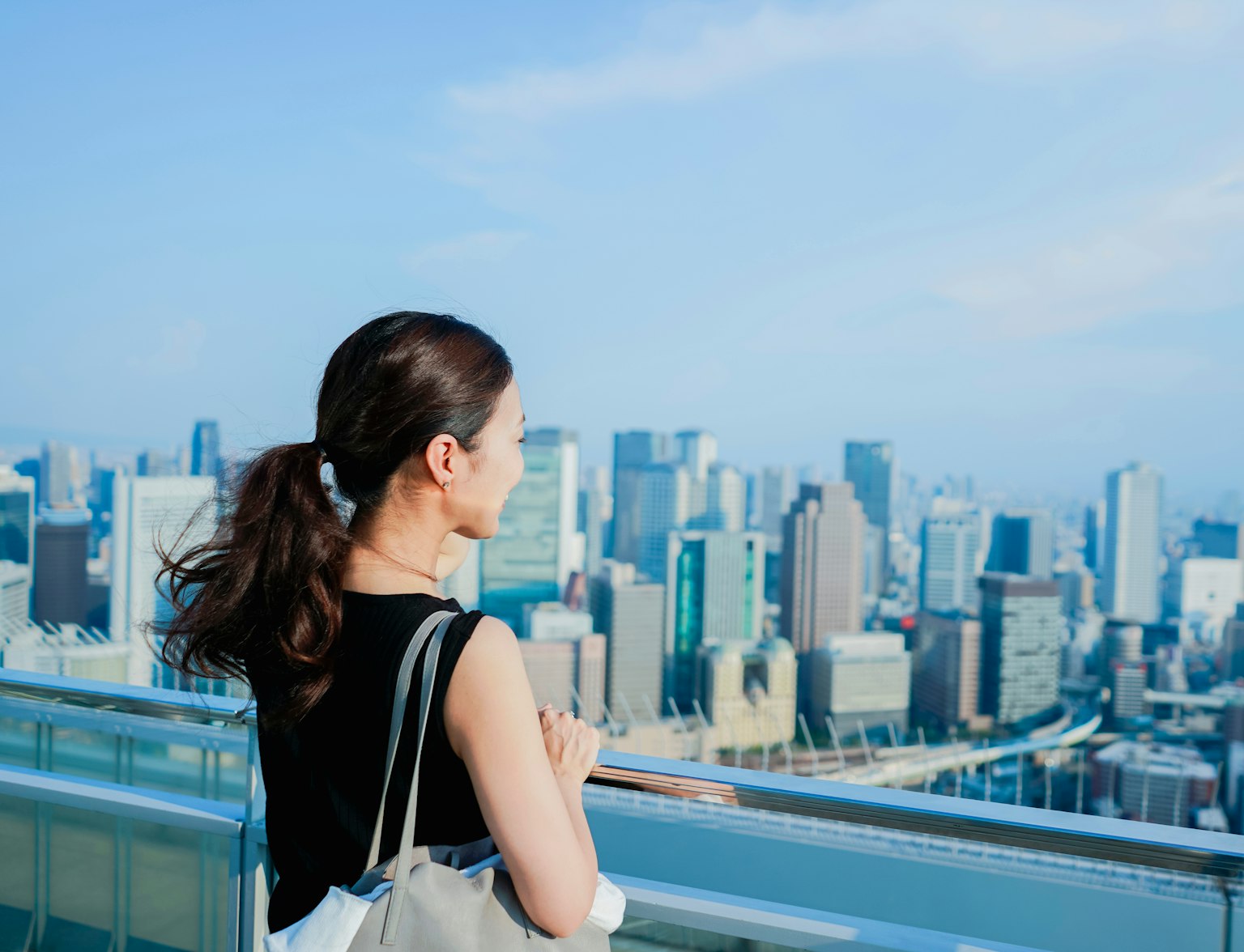
Feel the buzz as you take in all that Osaka has to offer.


